Gregory Dusek
VortexViz: Finding Vortex Boundaries by Learning from Particle Trajectories
Apr 01, 2024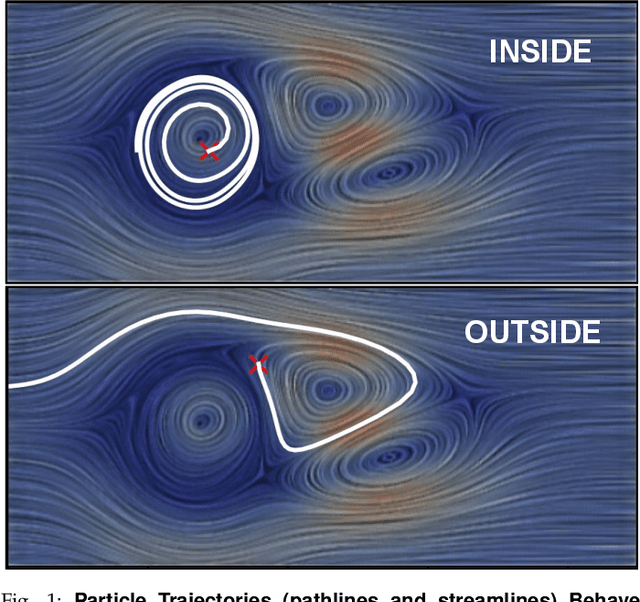
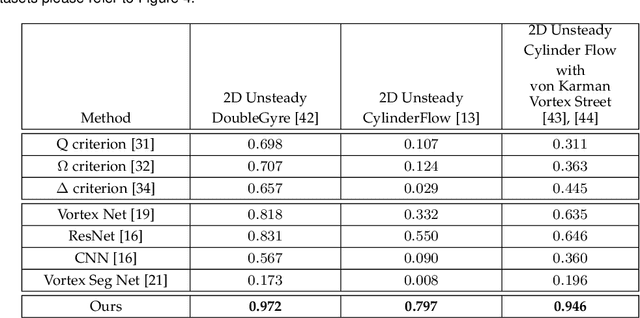
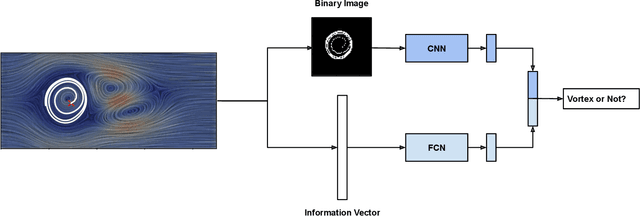
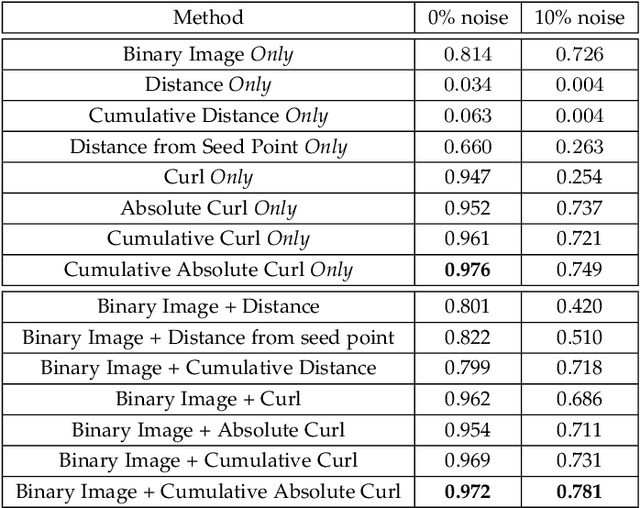
Abstract:Vortices are studied in various scientific disciplines, offering insights into fluid flow behavior. Visualizing the boundary of vortices is crucial for understanding flow phenomena and detecting flow irregularities. This paper addresses the challenge of accurately extracting vortex boundaries using deep learning techniques. While existing methods primarily train on velocity components, we propose a novel approach incorporating particle trajectories (streamlines or pathlines) into the learning process. By leveraging the regional/local characteristics of the flow field captured by streamlines or pathlines, our methodology aims to enhance the accuracy of vortex boundary extraction.
RipViz: Finding Rip Currents by Learning Pathline Behavior
Feb 25, 2023



Abstract:We present a hybrid machine learning and flow analysis feature detection method, RipViz, to extract rip currents from stationary videos. Rip currents are dangerous strong currents that can drag beachgoers out to sea. Most people are either unaware of them or do not know what they look like. In some instances, even trained personnel such as lifeguards have difficulty identifying them. RipViz produces a simple, easy to understand visualization of rip location overlaid on the source video. With RipViz, we first obtain an unsteady 2D vector field from the stationary video using optical flow. Movement at each pixel is analyzed over time. At each seed point, sequences of short pathlines, rather a single long pathline, are traced across the frames of the video to better capture the quasi-periodic flow behavior of wave activity. Because of the motion on the beach, the surf zone, and the surrounding areas, these pathlines may still appear very cluttered and incomprehensible. Furthermore, lay audiences are not familiar with pathlines and may not know how to interpret them. To address this, we treat rip currents as a flow anomaly in an otherwise normal flow. To learn about the normal flow behavior, we train an LSTM autoencoder with pathline sequences from normal ocean, foreground, and background movements. During test time, we use the trained LSTM autoencoder to detect anomalous pathlines (i.e., those in the rip zone). The origination points of such anomalous pathlines, over the course of the video, are then presented as points within the rip zone. RipViz is fully automated and does not require user input. Feedback from domain expert suggests that RipViz has the potential for wider use.
Automated Rip Current Detection with Region based Convolutional Neural Networks
Feb 04, 2021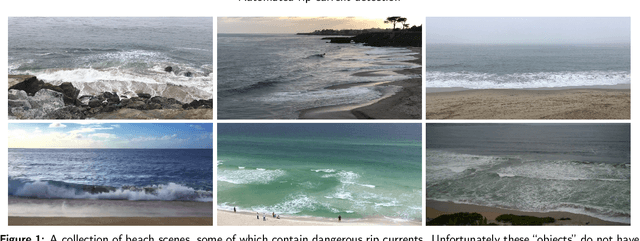
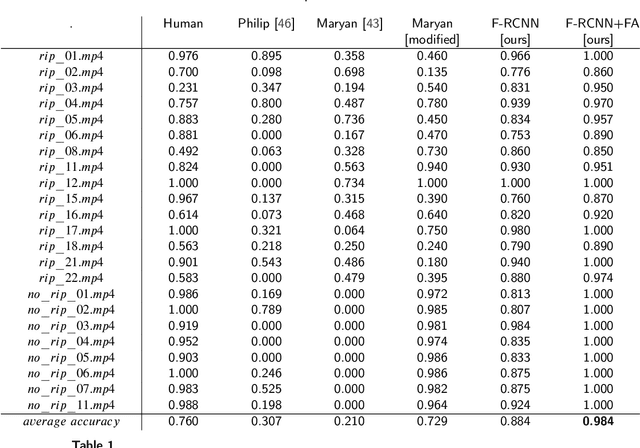
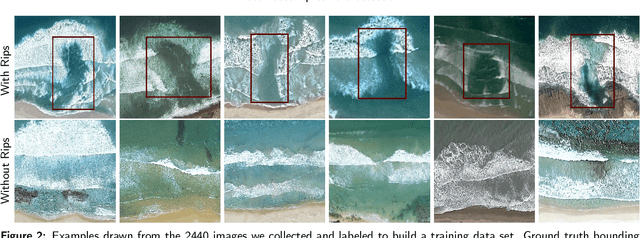
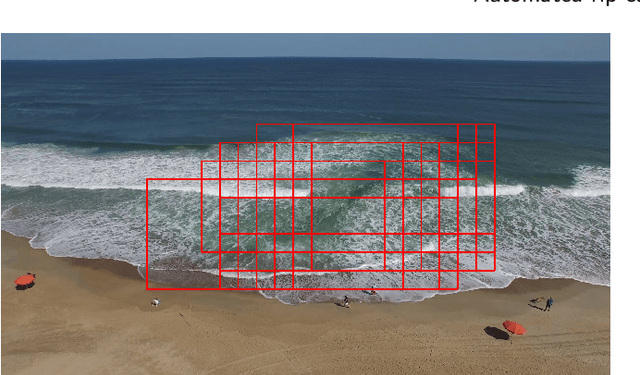
Abstract:This paper presents a machine learning approach for the automatic identification of rip currents with breaking waves. Rip currents are dangerous fast moving currents of water that result in many deaths by sweeping people out to sea. Most people do not know how to recognize rip currents in order to avoid them. Furthermore, efforts to forecast rip currents are hindered by lack of observations to help train and validate hazard models. The presence of web cams and smart phones have made video and still imagery of the coast ubiquitous and provide a potential source of rip current observations. These same devices could aid public awareness of the presence of rip currents. What is lacking is a method to detect the presence or absence of rip currents from coastal imagery. This paper provides expert labeled training and test data sets for rip currents. We use Faster-RCNN and a custom temporal aggregation stage to make detections from still images or videos with higher measured accuracy than both humans and other methods of rip current detection previously reported in the literature.
 Add to Chrome
Add to Chrome Add to Firefox
Add to Firefox Add to Edge
Add to Edge